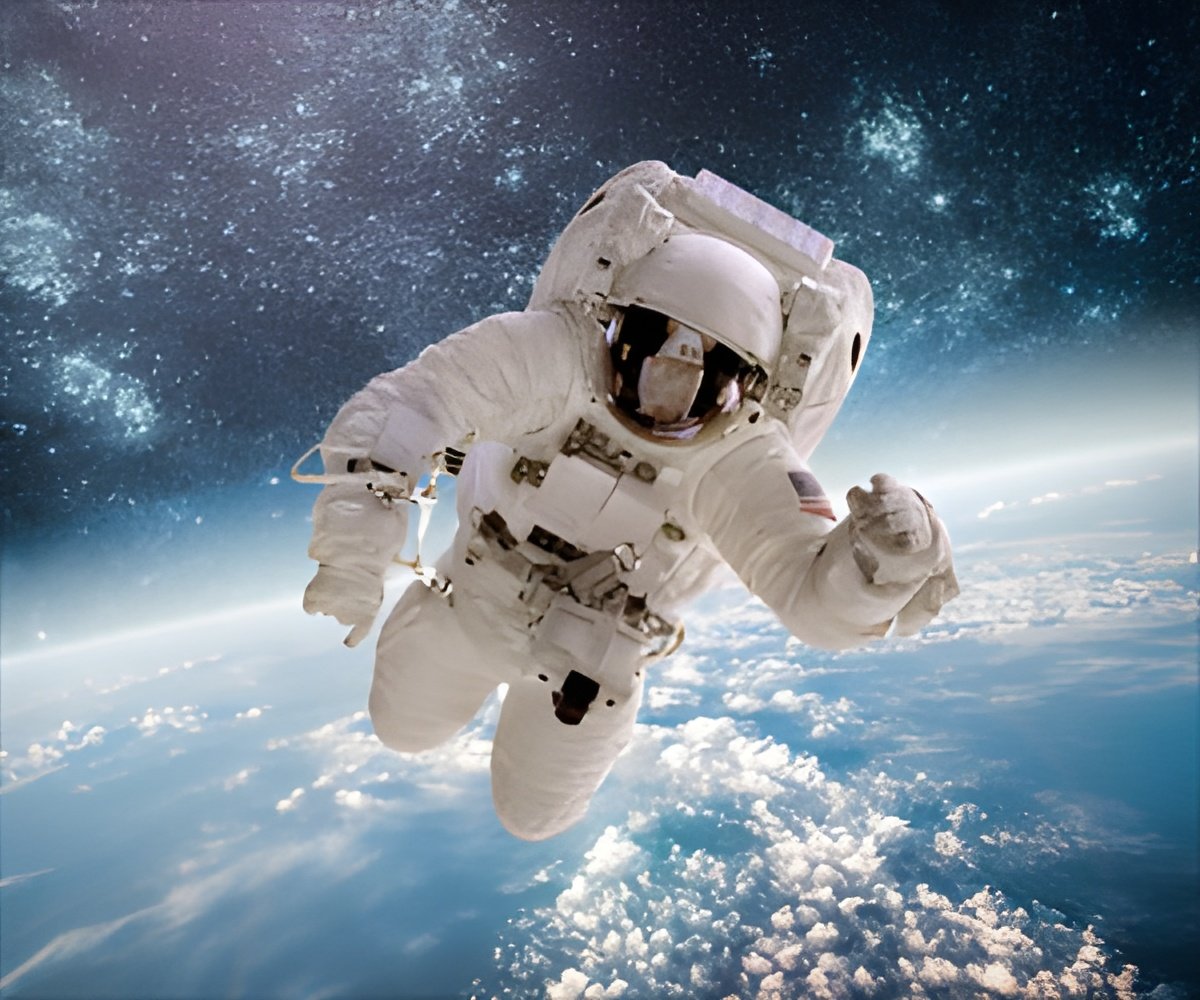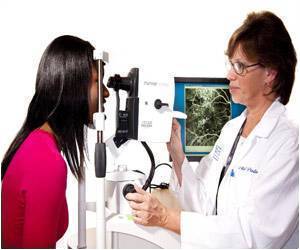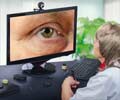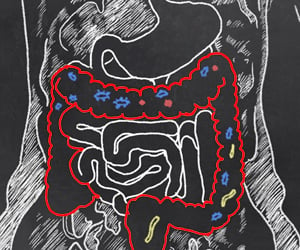Vision deterioration in astronauts who spend a long time in space is likely due to the lack of a day-night cycle in intracranial pressure.

‘Vision problems in astronauts who spend a long time in space can be prevented by using a vacuum device to lower pressure for part of each day.’





The new
research showed that intracranial pressure in zero-gravity conditions,
such as exists in space, is higher than when people are standing or
sitting on Earth, but lower than when people are sleeping on Earth. The
researcher's finding suggests that the constancy of pressure on the back
of the eye causes the vision problems astronauts experience over time. To study how zero-gravity conditions affect intracranial pressure, UT Southwestern researchers recruited volunteer patients who had had a port (called an Ommaya reservoir) permanently placed in their head as part of treatment for cancer. The ports provided a way for researchers to measure intracranial pressure.
NASA flights then flew the eight volunteers one by one on steep up-and-down maneuvers (parabolic flights) that created 20-second intervals of weightlessness. The researchers measured intracranial pressure during the zero-gravity intervals and compared these with intracranial pressure during standard times of sitting, lying face upward (supine), and lying with head inclined downward.
"These challenging experiments were among the most ambitious human studies ever attempted as part of the Flight Operations parabolic flight program, and changed the way we think about the effect of gravity - and its absence - on pressure inside the brain," said senior author Dr. Benjamin Levine, Professor of Internal Medicine at UT Southwestern Medical Center and Director of the Institute for Exercise and Environmental Medicine (IEEM), jointly run by UT Southwestern and Texas Health Resources.
"The information from these studies is already leading to novel partnerships with companies to develop tools to simulate the upright posture in space while astronauts sleep, thereby normalizing the circadian variability in intracranial pressure, and hopefully eliminating the remodeling behind the eye," said Dr. Levine, who holds the Distinguished Professorship in Exercise Sciences.
Advertisement
"Astronauts are basically supine the entire time they are in space. The idea is that the astronauts would wear negative pressure clothing or a negative pressure device while they sleep, creating lower intracranial pressure for part of each 24 hours," said first author Dr. Justin Lawley, Instructor in Internal Medicine at UT Southwestern and a researcher at the IEEM.
Advertisement
"We are extremely grateful to these brave men and women from around the country who volunteered to let us make these critical measurements on them during parabolic flight. They have been through a lot of medical procedures in their lives, and were nonetheless extremely altruistic, desiring to give something back to medical science," Dr. Levine said of the cancer patient volunteers.
Source-Eurekalert












